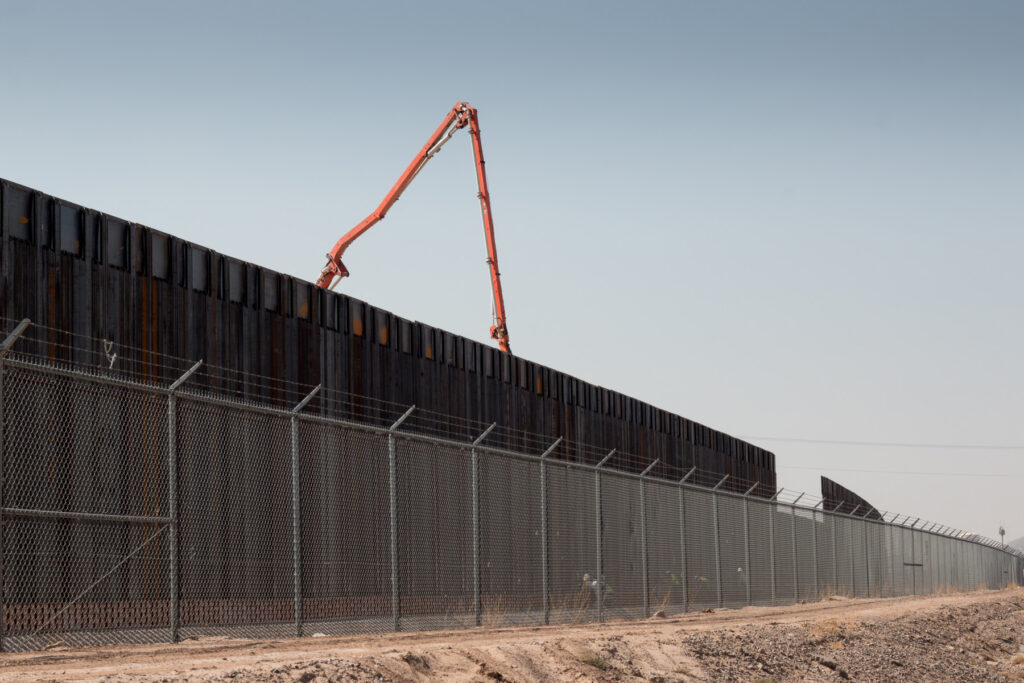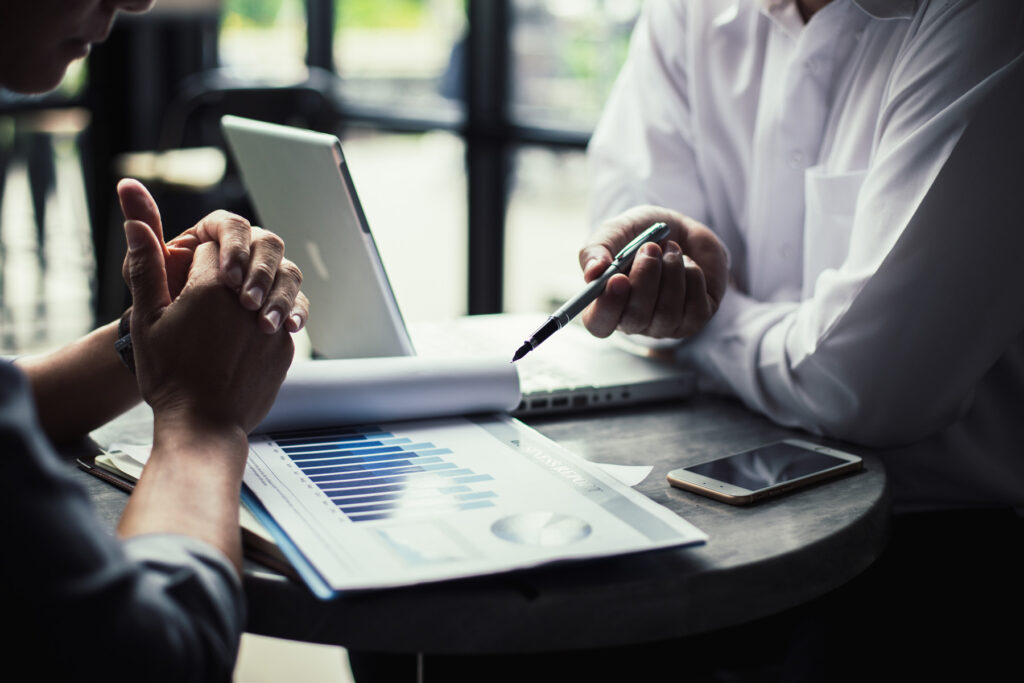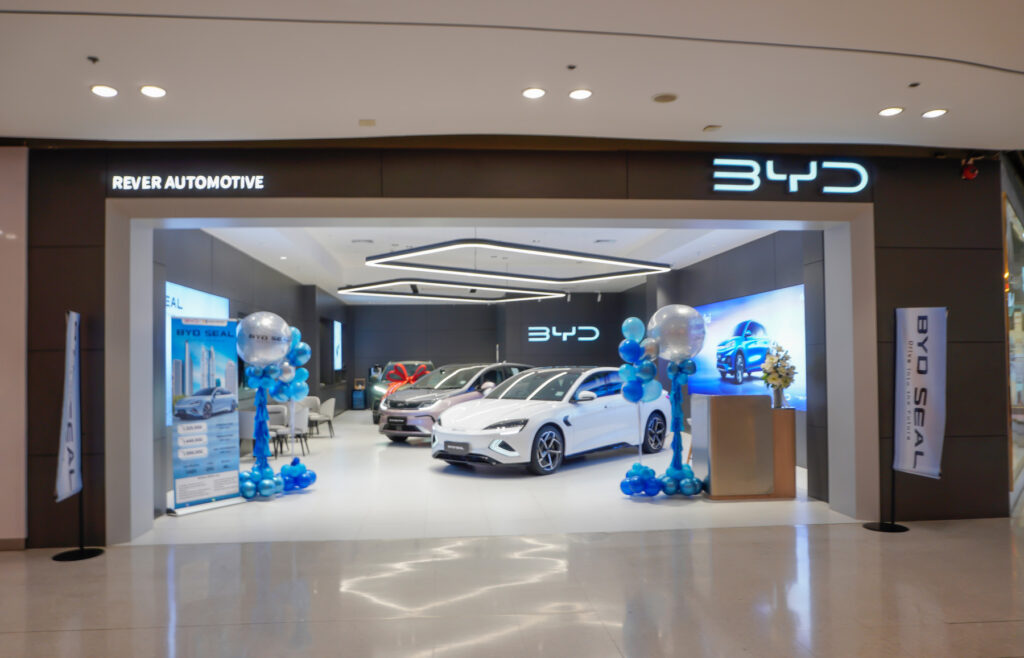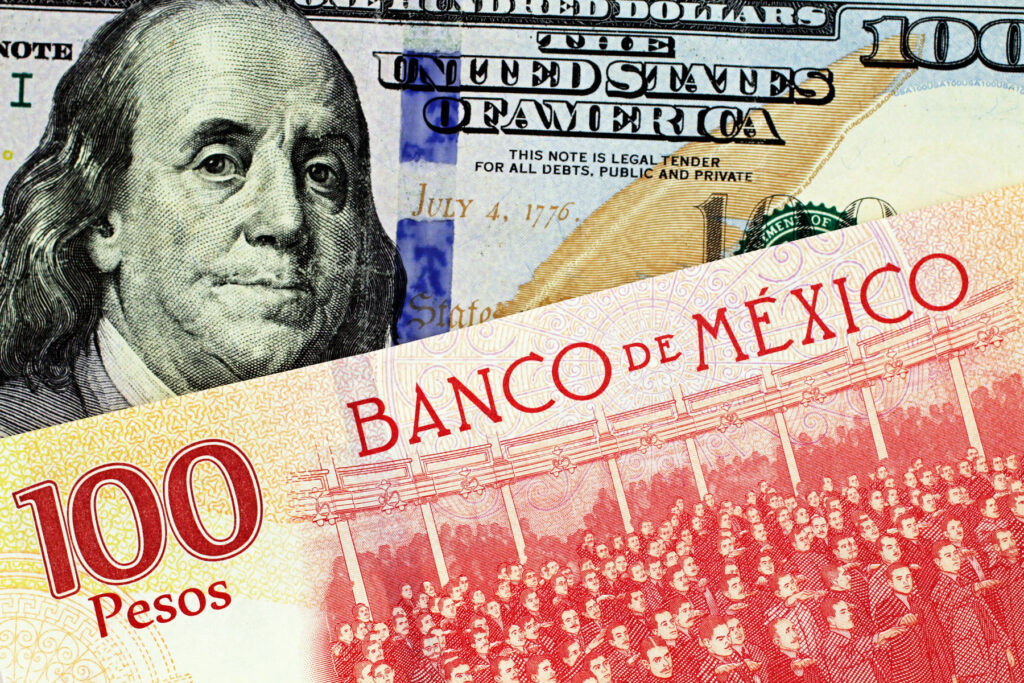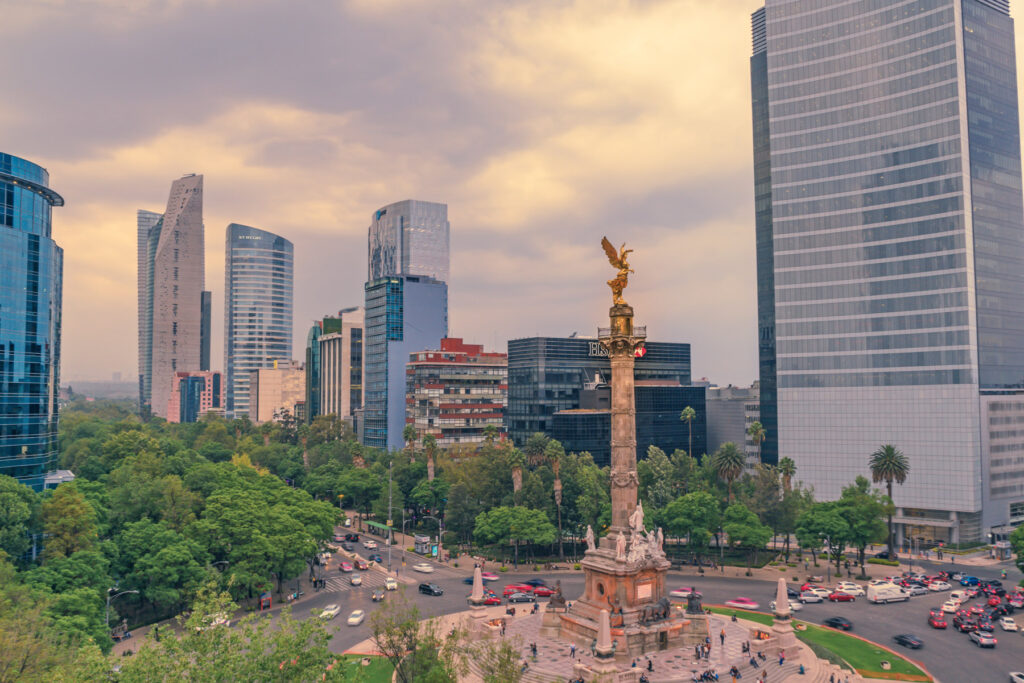Illegal border crossings from Mexico into the United States continue to draw attention from the US government and calls for reducing the flow. However, in spite of frustration north of the border about perceived risks from an influx of illegal drugs and people of unknown origin, there is also reason to believe Mexico is taking steps to stop this.
The Current Situation
Right now, the United States is experiencing a surge in migration activity from Mexico. Some months, the Border Patrol encounters nearly 250,000 immigrants, mostly from Venezuela and other countries besides Mexico. Mexicans crossing the border make up only a fraction of this total number. Backlog and dysfunctionality in US immigration courts has led to a severe bottleneck in processing these migrants.
There are several factors contributing to these historic immigration levels. Certainly, the geopolitical instability in countries like Cuba and Venezuela have resulted in many leaving their homes in search of safety, work, and better opportunities. Even Russians and Chinese are fleeing wars and government overreach to enter the United States via Mexico.
Additionally, the tight labor market in the US is a contributing factor. The cost of labor in the US is very high, providing an incentive for foreign workers to seek better paying jobs north of the border.
However, it’s surprising to note that the number of immigrants living illegally in the United States is at historically low levels. The last data suggests the total number is less than 11 million people, just 3% of the current US population. Still, the millions of fentanyl pills and other contraband making it across the border have caused alarm among people in the US, who are demanding Mexico do something to stop it.
Mexican-US Collaboration
The US government has placed considerable pressure on the Mexican government to reduce this flow of illegal border crossings. And the two countries have been working together to a considerable degree.
Just one year ago, the two countries met to approve an action plan for the 21st Century Border Initiative. Representatives from both federal governments agreed on infrastructure upgrades and expenditures along the border, including border crossings, bridges, and ports of entry. The goal was to better facilitate and increase regional trade between the two countries while reducing illegal border crossings.
Both governments agreed to increase communication and share law enforcement information to facilitate better enforcement of immigration law and reduce legal crossing times. They agreed to implement strategies to reduce crime and violence in the region while also simplifying the customs process.
This past December, another meeting was held between US Secretary of State Antony Blinken and Mexican President Andrés Manuel López Obrador. During the meeting, the Mexican government stepped up efforts to remove immigrant camps along the border town of Matamoros near Brownsville, TX. Some 10,000 immigrants were arrested daily at the border, and the Mexican government sent bulldozers to clear out tent cities.
The Mexican government pushed the US to re-open border crossings that had been recently closed by the US in response to an immigration surge. They also sought to link future cooperation in border crackdowns to US measures to relieve pressure on Venezuela and Cuba. They argue that ending embargoes with, and providing aid packages to, these countries, from which many of the immigrants come, would go a long way in reducing the stream of immigrants leaving these countries.
Mexico holds a presidential election this year to determine Obrador’s replacement. It is thought the frontrunner will likely continue his policies, including on immigration. But there is uncertainty.
Additional Mexican Steps
Last week, a bipartisan group of Texas lawmakers visited Mexico City to see what the country is doing about the illegal border crossings. The delegation returned with a positive appraisal of Mexico’s efforts. Members of the delegation noted that Mexico is doing several things to meet US demands. Some of these measures include:
- Seeking out fentanyl labs to destroy them
- Deporting migrants ineligible for asylum along the northern border with the US
- Improving security along the southern border
- Stationing large numbers of troops along the US-Mexico border
In fact, the delegation was surprised to learn that Mexico has placed more military personnel along the US border than the number of Border Patrol the US has stationed there. Specific numbers were not shared publicly, but this news came on the heels of one report of 500 Mexican troops being deployed to just two border cities, Matamoros and Nuevo Laredo. By some estimates, there are around 40,000 Mexican troops stationed along the border.
The US is hoping to assist in Mexico’s efforts to seek out fentanyl labs and deport migrants who make it across Mexico’s southern border. This assistance will come in the form of intelligence gathering, technology assists, and partnerships to police both of Mexico’s borders.
Currently, along the Tijuana-San Diego border, Mexico is reportedly replacing old barriers with a new structure along the beach. While construction is underway, Mexico is boosting its military presence there to guard the gaps. In spite of temporary fences in the area, the Mexican government has increased troop presence out of an abundance of caution.

